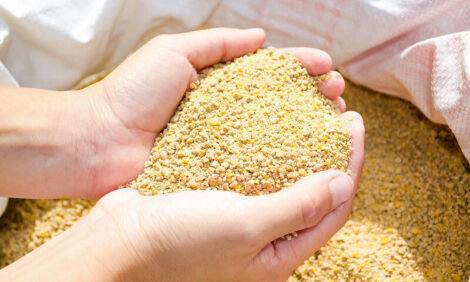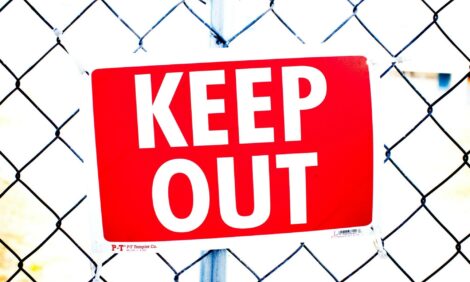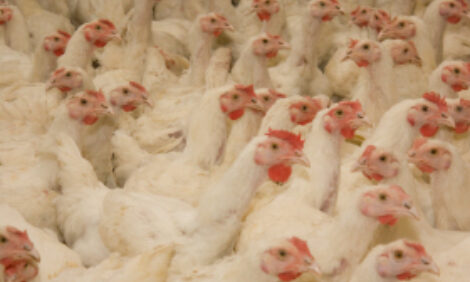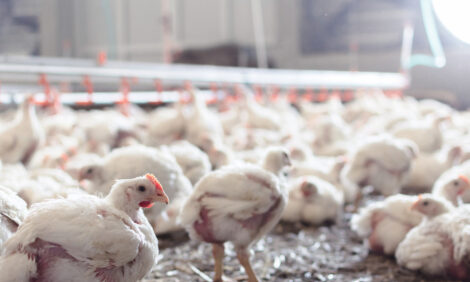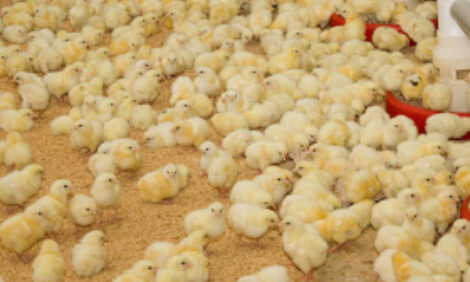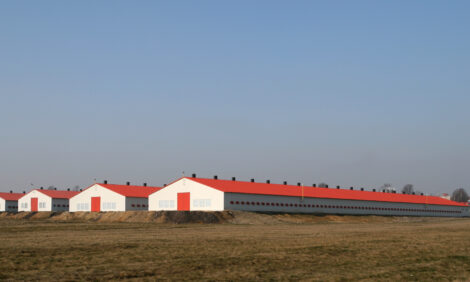



US Poultry Industry Manual - Game bird activities
Learn more about game bird breeding, hatching, production and operating a hunting preservePart of Series:
< Previous Article in Series Next Article in Series >
Editor's Note: The following content is an excerpt from Poultry Industry Manual: The Foreign Animal Disease Preparedness and Response Plan (FAD PReP)/National Animal Health Emergency Management System (NAHEMS) Guidelines which is designed to provide a framework for dealing with an animal health emergency in the United States. Additional content from the manual will be provided as an article series.
Unlike the commercial poultry industry, very few game bird operations are fully integrated vertically. The game bird industry is comprised of the following four activities: breeding, hatching, production, and operating a hunting preserve. Some businesses participate in all four areas of the industry. However, the majority specialize in only certain areas. It would be likely for a breeder to both hatch and produce birds, but it would be difficult for them to run a hunting preserve as well. Similarly, a hunting preserve could also raise birds, but it would be difficult for them to keep breeders and hatch chicks. A typical commercial game bird farm contains breeders, a hatchery, and a production facility. Some game farms also manage a shooting preserve during the hunting season.
These farms may sell hatching eggs, day-old chicks, started birds, or mature birds to customers within a narrow or wide geographical area. In contrast, a typical hobby game bird farm would most likely only buy chicks or started birds to grow out to maturity. Diversification is more likely to exist in commercial operations because game birds are largely seasonal breeders and this helps generate income year round for owners. Breeding season begins in early spring and ends mid to late summer. Some operations have succeeded in lengthening egg production cycles through artificial light stimulation, but year round breeding is rare. Most farms raise more than one species of game bird, but a few produce only one species (all pheasants, all quail, or all mallards for instance). Hence, many game bird farms can be classified as multi-stage, multi-age, and multi-species operations.
Breeders
Only a handful of game bird producers are true primary breeders engaged in genetics. Most breeders select breeding stock from their own production birds based upon phenotypic traits, such as size, health, feather color and iridescence, and behavioral traits considered desirable for hunting. In particular, it is important to maintain the “wild” behaviors of game birds. Over the years, many varieties have been developed, especially in pheasant populations.
Hatcheries
Numerous producers obtain eggs from breeders, raise the birds up to sexual maturity, and then use them to produce hatching eggs for commercial bird production. In addition to breeder pens, these premises may have a hatchery on site as well as buildings and pens to raise the commercial birds. Breeders are seldom kept beyond one egg production cycle. Instead, spent breeders are frequently allowed to recondition and re-feather and then are sold in the fall for hunting.
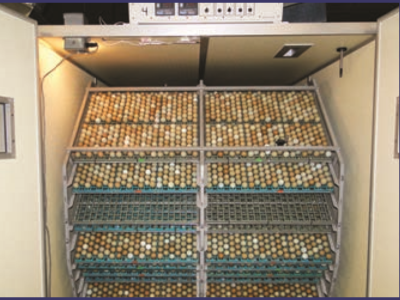
The following season’s breeding stock may be purchased from other breeders or may be selected from a portion of the commercial birds that are held back for this purpose.
Commercial Production
Day-old game bird chicks or ducklings are initially placed into brooder buildings, very similar to brooder houses designed for poultry, with artificial lighting, supplemental heat, feeders, and drinkers. Between 1-2 months of age (depending on the species and weather conditions) most game bird chicks are given access to the outdoors. After sufficient acclimation to the outdoors, most game birds are moved to outside pens until they are “flight ready” and can be sold to hunting preserves or released into the wild.
Outside flight pens are enclosed with netting. Inside most flight pens, dense vegetation provides cover for the birds and helps to reduce aggression within the flock. Lambs quarter, corn, and other crops may be planted based upon what grows best in a geographic area. Except for birds intended for use as breeders during the following season, almost all commercial game birds are sold for hunting. Most game birds are sold in regionalized areas, but some of the larger commercial producers deliver birds throughout the country. If any birds remain after the end of the hunting season, other market outlets are found.

Hunting Preserves
Regulated hunting preserves licensed to hunt game birds are found throughout the United States. These preserves vary in size from small family operations to huge resort-like facilities complete with guided hunting, lodging, gourmet restaurants, and other activities such as fishing and sporting clay shooting.
When hunting preserves purchase birds from outside sources, game birds are held in holding pens after delivery until their release onto the hunting grounds. “Flight-ready” birds are obtained as needed and seldom held more than two weeks. Ideally, game birds in each new delivery are held in a separate pen to prevent co-mingling of birds from different sources.
Hunting preserves invest extensively to develop suitable habitat with cover crops, weed control, managed hunting paths, fence rows, and natural barriers to enhance environmental appearance and hunter safety. Larger preserves often hire full-time agronomists and wildlife managers to prepare the preserve to look managed - but not overly manicured. Hunting preserves are also regarded as tourism and recreational facilities. Many preserves have overnight accommodations with hospitality and cooking staff on site. In addition, hunting preserves often have kennels with trained dogs to retrieve and point game. Lastly, some of the larger preserves have hunting gear and clothing available for purchase.
Reference: "USDA APHIS | FAD Prep Industry Manuals". Aphis.Usda.Gov. 2013. https://www.aphis.usda.gov/aph...
The manual was produced by the Center for Food Security and Public Health, Iowa State University of Science and Technology, College of Veterinary Medicine, in collaboration with the USDA Animal and Plant Health Inspection Service through a cooperative agreement.









